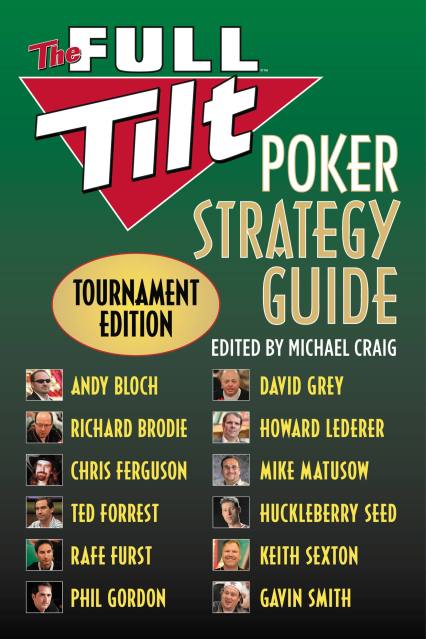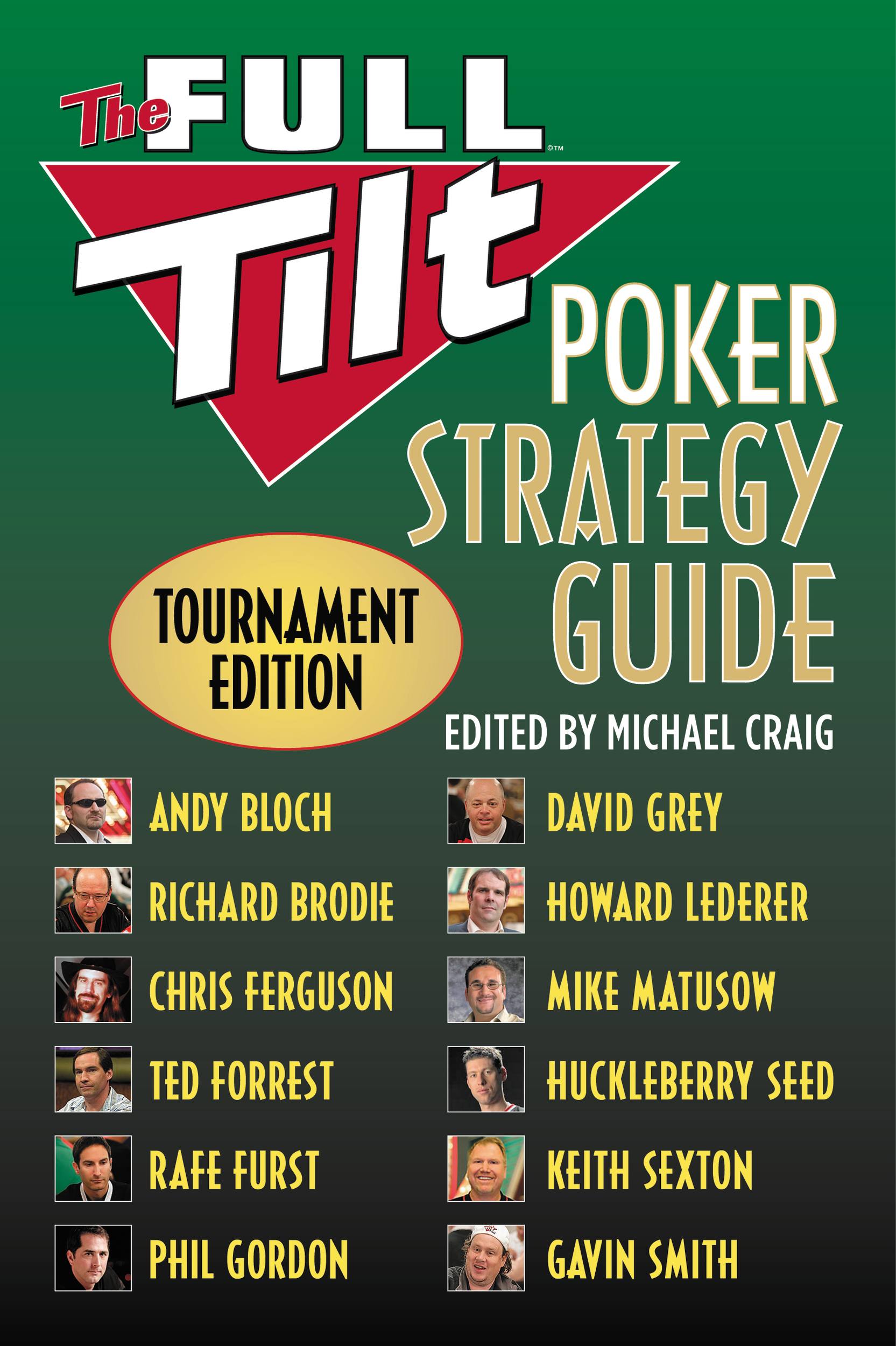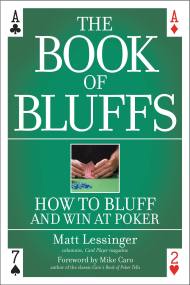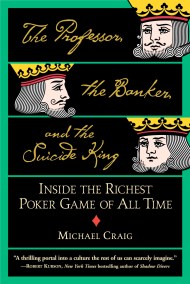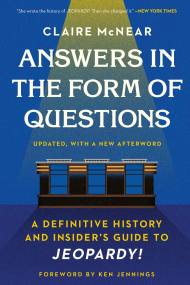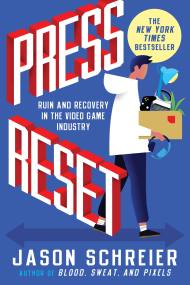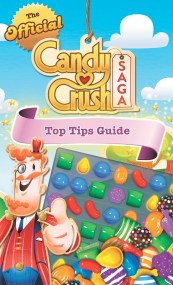Promotion
Use code MOM24 for 20% off site wide + free shipping over $45
The Full Tilt Poker Strategy Guide
Tournament Edition
Contributors
By Andy Bloch
By Richard Brodie
By Chris Ferguson
By Ted Forrest
By Rafe Furst
By Phil Gordon
By David Grey
By Howard Lederer
By Mike Matusow
By Huckleberry Seed
By Gavin Smith
Edited by Michael Craig
By Keith Sexton
Formats and Prices
Price
$14.99Price
$19.99 CADFormat
Format:
ebook $14.99 $19.99 CADThis item is a preorder. Your payment method will be charged immediately, and the product is expected to ship on or around June 1, 2007. This date is subject to change due to shipping delays beyond our control.
Also available from:
The professionals of Full Tilt Poker include the best and most famous poker players in the world. Their accomplishments are unparalleled, with countless World Series of Poker and World Poker Tour championships to their names and well in excess of $100 million in winnings in private games. Now, this group of poker legends has banded together to create The Full Tilt Poker Strategy Guide, which will stand as an instant classic of the genre and is sure to become the industry standard.
Genre:
- On Sale
- Jun 1, 2007
- Page Count
- 448 pages
- Publisher
- Grand Central Publishing
- ISBN-13
- 9780446196918
Newsletter Signup
By clicking ‘Sign Up,’ I acknowledge that I have read and agree to Hachette Book Group’s Privacy Policy and Terms of Use
